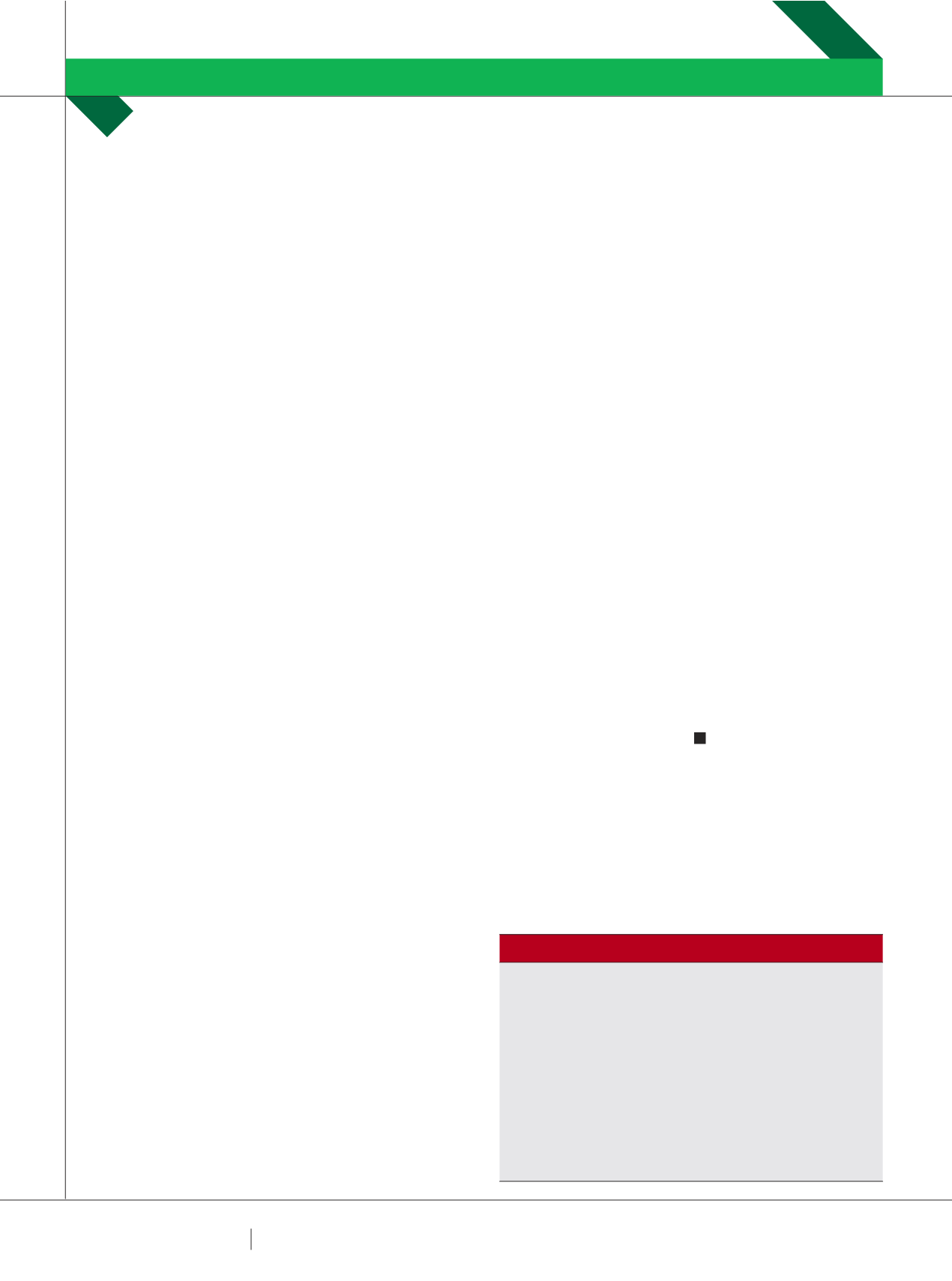

7 0
PLUMBING CONNECTION
WINTER 2015
supply to the whole house and thus maintain balanced
cold and hot water pressures.
∫ To provide adequate flow capacity, a 20mm or 25mm
valve should be used.
∫ Where not approved for cold water supply, the limiting
valve is connected to the inlet line to the water heater
between the stopcock and the water heater. It can be
placed before or after the non-return valve.
∫ The valve should be accessible for service.
REDUCTION VALVE (WATER PRESSURE REDUCING VALVE)
This type of valve may be used as a substitute for a
pressure limiting valve where the line pressure exceeds the
maximum recommended line pressure for which the water
heater is designed to correctly operate.
However, pressure limiting valves are preferred because
of their greater flow rate provision in proportion to the valve
size.
Reduction valves are usually spring loaded diaphragm
valves of conventional design and are intended to control
the downstream pressure to a predetermined level no
matter what upstream pressure is experienced.
In practice, there is usually some variation in static
downstream pressure as upstream pressure increases,
and there is always a drop in downstream pressure as flow
increases.
INSTALLATION OF REDUCTION VALVES
The following needs to be noted:
∫ Where approved by the local water authorities and where
the flow capacities are large enough, the reduction valve
may be placed on the cold water supply to the whole
household and thus maintain equal cold and hot water
pressures. A larger valve is needed in this instance.
∫ Provision of unions on either side of the reduction valve
will allow for easier servicing.
∫ When connected to the water heater only, the reduction
valve should be connected between the stopcock and the
water heater after the non-return valve.
POINT 3: HOT WATER PLUMBING
Correct sizing, design and installation of the hot water
plumbing leads to improved system performance. For full
details of the correct procedures to be used, refer to AS/
NZS 3500.4. The following highlights important points to be
considered.
PIPE SIZING
Rheem water heaters for domestic use are manufactured
with RP¾/20 inlet and outlet water supply connections.
The commercial range provides RP1¼/32 or RP2/50 outlet
connections.
It is up to the hydraulic consultant or the installing
plumber involved in the project to determine what size
pipe should be used for the hot water plumbing to provide
sufficient flow at the draw off points when the normal draw
off pattern is applied.
Factors affecting this decision are the number of branch
joints, number of draw off points, length of runs and the type
and usage of the hot water fixture outlets for example the
kitchen sink.
AS/NZS 3500.4 recommends for domestic dwellings the
hot water pipe should start at DN18 (18mm diameter). As
this size is not always available, therefore the plumber may
need to decide between DN20 (20mm) and DN15 (15mm)
according to the installation.
The determined size should be used to at least the first
branch, after which the size may be reduced.
Pipe lengths longer than necessary or diameters larger
than necessary increase running costs by retaining
excessive amounts of hot water at the end of each draw off.
This water eventually cools and the heat and subsequent
dead water is wasted.
EXAMPLE
A 3m length of DN20 (20mm diameter) copper pipe that
could have been adequately sized for flow rate at DN15 (15
mm diameter) wastes an additional 0.4L of hot water each
time hot water flows through and then is left to cool.
If this length of pipe was the first length of the hot
water plumbing, the pipe could fill with hot water and cool
approximately 20 times each day leading to a hot water
wastage of 2920L per annum.
*Source - Rheem Hot Water Manual
Jon Palfrey is Rheem Australia’s Training Manager. He
conducts training to plumbers and specifiers across the
southern states, covering the latest water heater technology
and key water heating issues facing plumbers.
DID YOU KNOW?
Rheem is currently manufacturing a range of electric mains
pressure storage systems with a stainless steel cylinder
construction which allows for easier handling and transportation
of the system due to no sacrificial anodes being needed for galvanic
action. This allows for the system to be transported horizontally.
As a mains pressure storage cylinder material, Stainless Steel
provides a significant reduction in weight and the option of a
cylinder type that meets the customers’ water heating delivery
needs and expectations.
Rheem can provide the stainless steel solution option when
next recommending and installing a water heating system that’s
manufactured here in Australia.
HOT WATER CLINIC
JON PALFREY
















